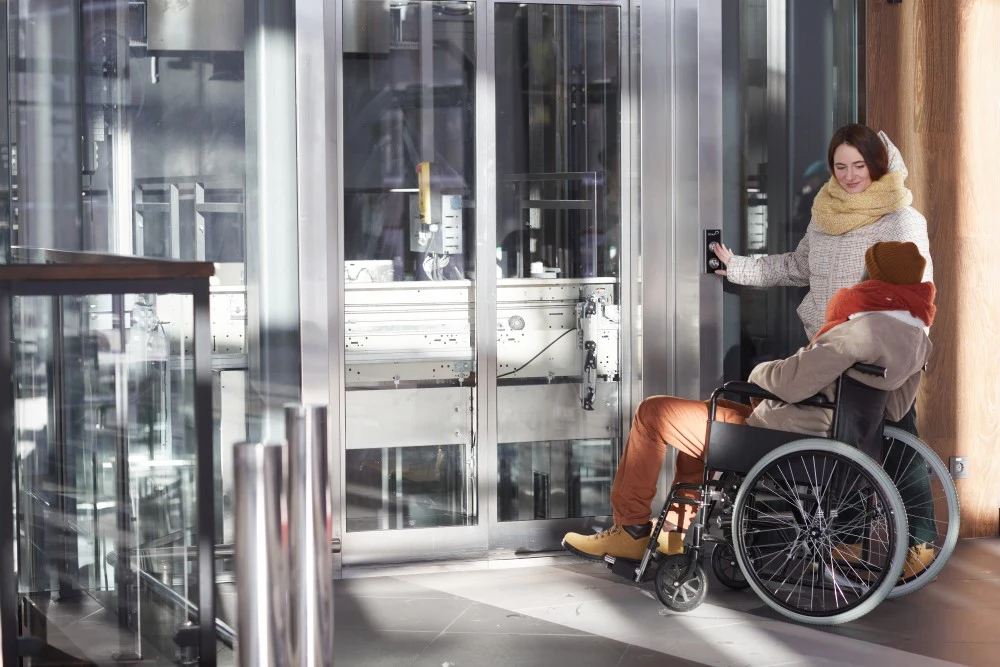Passenger and Disability Elevators: Accessibility and Comfort
Passenger elevators are an essential component of modern buildings, enabling the vertical transportation of people in residential and commercial structures. They not only provide comfort but also serve as an indispensable solution for accessibility. Especially in high-rise buildings, hospitals, and public facilities, elevators enable access to different floors without the need to climb stairs.

Disability elevators, on the other hand, are specifically designed to allow people with limited mobility access to all areas of a building. These elevators are larger and offer additional safety and comfort features, such as wider doors, handrails, and lower control panels for wheelchair users. They play a crucial role in creating an inclusive environment where everyone, regardless of physical ability, can access the same spaces.
Advantages of Passenger and Disability Elevators
- Accessibility: Disability elevators are designed to provide easy access for people using wheelchairs, walkers, or other aids. They help meet legal requirements for accessibility.
- Safety: These elevators include special safety features such as emergency call systems, non-slip floors, and smooth door closures to ensure the safety of all users.
- Comfort: Passenger elevators offer the convenience of quickly and effortlessly moving from one floor to another, saving time, especially in tall buildings.
In summary, passenger and disability elevators not only enhance everyday comfort but also play a critical role in creating accessible spaces. Modern elevator systems are energy-efficient and user-friendly, making them an indispensable part of any building. For people with disabilities, they often represent the only means of accessing different levels, underscoring their importance for an inclusive and accessible environment.

